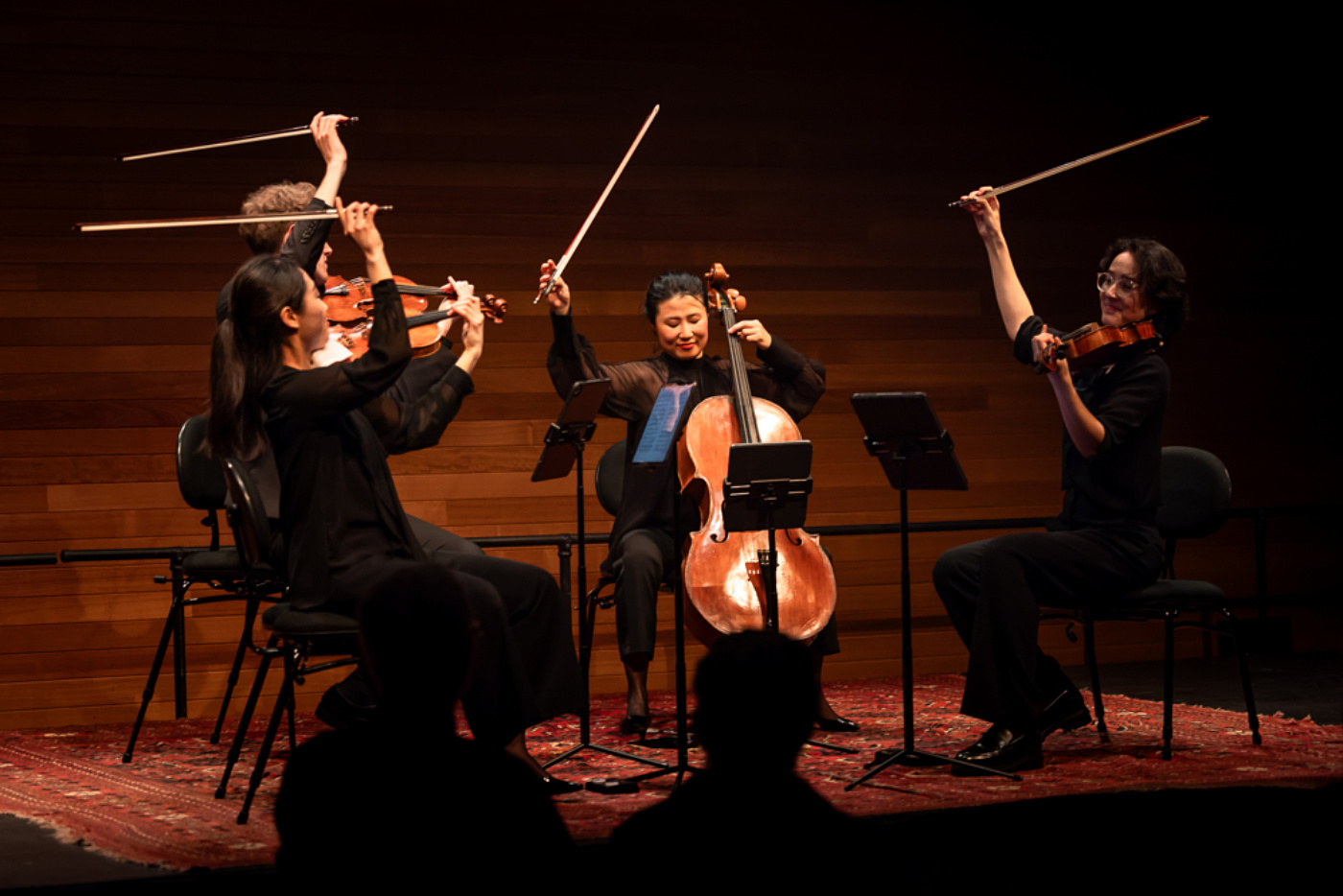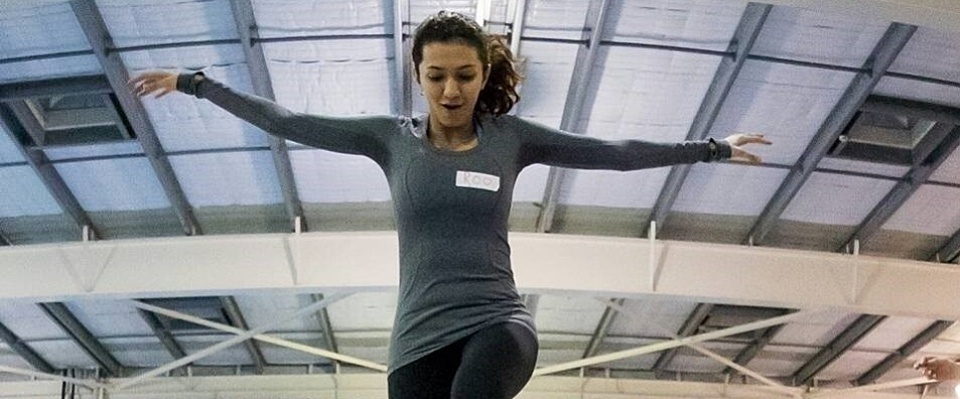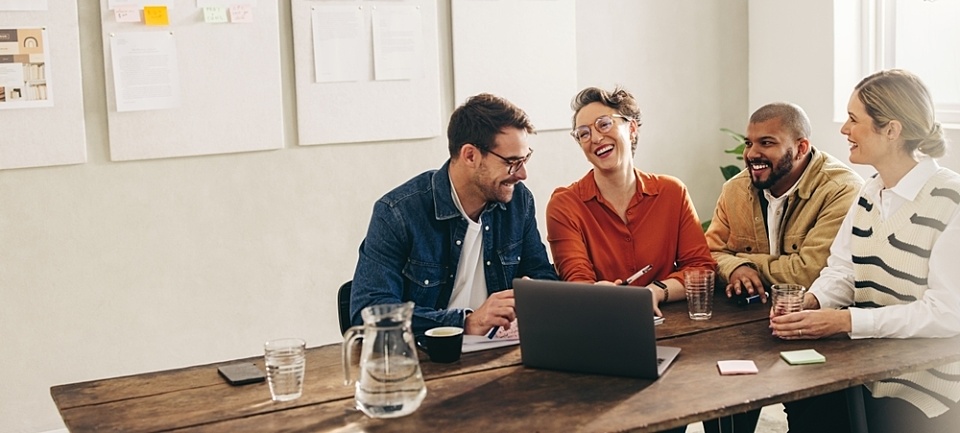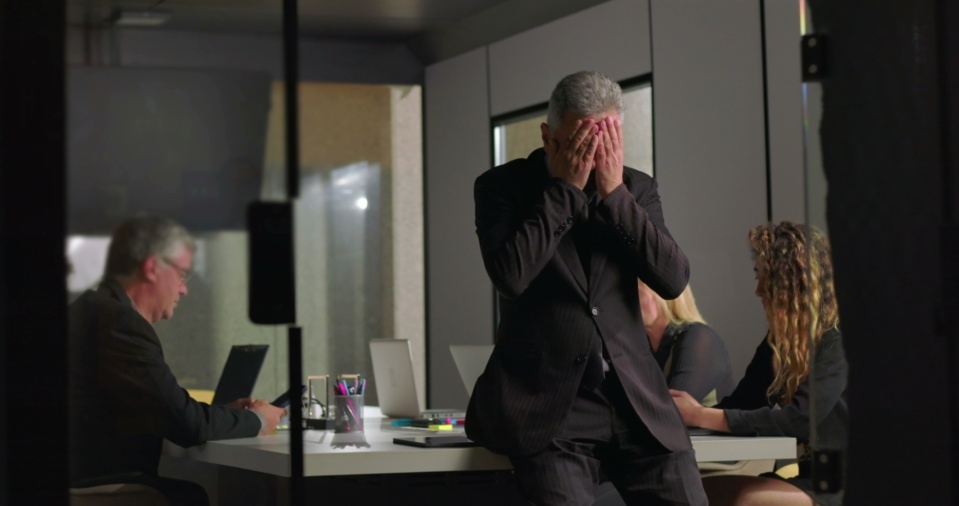
Why meetings can harm employee well-being
Posted on 10 Dec 2025
Anyone working in an organisation knows it: meetings follow one after another at a frantic pace. On…
Posted on 11 Dec 2024
By Matthew Schulz, journalist, Institute of Community Directors Australia

Four Winds, a renowned musical venue and natural amphitheatre near a beautiful bay just outside Bermagui on NSW’s Sapphire Coast, is making radical changes to ensure its long-term sustainability.
The 33-year-old organisation’s transition from an incorporated association to a company limited by guarantee (CLG) has been the catalyst for organisational renewal, better governance, a revamped performance program, more funding opportunities, and a chance to bring in new audiences.
The reinvention includes a new legal structure, an updated constitution, a four-year strategic plan, a revamped musical program and a drive for greater philanthropic support.
The effort is the culmination of an 18-month change management process led by seasoned arts administrator Leigh Small, who joined the organisation as the executive director in mid-2023.
She said the reinvention marked a shift from an organisation that was once largely run by volunteers, with the board taking on operational roles.

You have to have a shared vision, so that everyone from front-of-house staff to an artistic director, to a rigger putting up a set … everybody has to come from the same position."

Small, who owns a nearby farm, had already clocked up many years at the helm of the Sydney Film Festival and the Sydney Dance Theatre before she came to an interview for the role of CEO, largely intending to critique the organisation’s direction.
Having just ended a 12-year stint as head of the Sydney Film Festival, Small was considering a break from administration, but instead, as she recalls, “the more critical I got, the more enthusiastic they were”.
She clearly knows what it takes to turn an organisation around, having become Sydney Dance Theatre’s CEO “two months before it was about to go broke”.
The challenges at Four Winds were different, yet daunting.
Since its inception in 1991, Four Winds has championed Australian classical music through its annual Easter festival, attracting thousands of visitors to its iconic Sound Shell amphitheatre and Windsong Pavillion.
A who’s who of Australia’s most accomplished classical musicians had taken to the stage in 23 festivals since then, but a series of crises since 2019 – bushfires, floods and covid-19 – forced cancellations, restricted events, and depleted the organisation’s financial reserves. Four Winds was forced to call on philanthropic backers and donors to survive.
But from that crisis, the organisation has built a fit-for-purpose structure, constitution and leadership that will enable it to face the future, adopting:
Members approved the changes last month.

Small said the change had come after nearly 18 months of consultation and development and had drawn on the experience of upheavals at other art organisations, including the lessons of the 1990s Nugent Inquiry into Australia’s performing arts industry.
Small was working at the Sydney Opera House when Dr Helen Nugents’ findings triggered a shake-up of Australia’s major performing arts companies and put a strong focus on robust governance, including a shift to company structures. The inquiry set a new blueprint for the way large arts organisations were funded, managed and governed.
It's clear Small has not forgotten those lessons.
Four Winds called in strategy and transformation specialist Tim Jackson to conduct a detailed external review, and sought the help of Ash St Legal & Advisory, which worked with the organisation to undertake an intense six-month development of a new constitution. Ash St provided pro bono advice and helped navigate the logistical and legal hurdles to becoming a CLG.
Small said the self-examination involved a “full company review” covering the environment, strategy, audiences, programming, finances and funding sources. This prompted the creation of a new constitution, a new structure and a new strategic plan.
The structure, constitution and strategy meant Four Winds was now “very transparent” to potential partners in government, business and other organisations, and to donors.
The changes also meant “we’re very clear about what skills and profiles of board directors we need, and how they support the executive management and the four-year vision”.
That constitutional change introduced the “3x3x3 terms” principle for board members, which means board members serve three-year terms, can serve three consecutive years, and after serving three terms are required to step down.

Four Winds was expected to release a revamped program this week, shifting from an annual event focus to one with 32 events across the year, yet retaining an Easter classical music event at a smaller scale.
It is anticipated that the shift will expand Four Winds’ audiences into new areas, including First Nations, rap, folk, country and contemporary music.
"The Four Winds ’25 Program is designed to give everyone a reason to visit often,” Small said.
The new program and strategy are based on a calendar year rather than a financial year, and will be tied to opportunities for First Nations composers, schools, recording artists, creative residencies and other collaborations.
The new program will be supported with new ticketing and IT systems to help with audience and donor engagement.
Small said Four Winds would place a greater emphasis on building its local audiences and relevance, with more Sunday afternoon concerts to boost community access, reduced ticket prices, and more “relaxed” access to its facilities.
Four Winds has also recommitted to building its links with the traditional owners and caretakers of the Djiringanj and Walbunja people of the Yuin Nation.
Home Stretch was performed in different locations as part of the 2022 Four Winds Festival
Small said she believed the CLG model offered significant benefits.
“I think going from a volunteer organisation to a paid-staff organisation … you need to make the change from an association to a company limited by guarantee, because of the practices that it unlocks.”
For NFP boards that had volunteers involved in executive roles, the move would help the transition to a board with a focus on governance, providing oversight to executive staff, Small said.
The structure of CLGs also helps not-for-profits seeking philanthropic donations and government grants.

Small said Four Winds members, board members, philanthropic supporters and government funders all supported the organisation’s changes and she stressed that cultural momentum and support for change in any not-for-profit was critical.
“You have to have a shared vision, so that everyone from front-of-house staff to an artistic director, to a rigger putting up a set … everybody has to come from the same position: What is the shared vision?”
Small recalled the words of a visiting professor in the midst of the Nugent Inquiry who highlighted the fact that “not-for-profits are much more complex to run then for-profits”. She explained that Nike’s initial mission, for example, was simple: “Kill Reebok”.
By comparison, Four Winds’ mission encompasses its site, its music, First Nations heritage, musicians and varied audiences. “Four Winds has a clear vision and commitment to foster community engagement, preserve the natural environment, and to strengthen partnerships with the Yuin Nation’s local Aboriginal communities.”
“Everybody working in our organisation, in our board, they all understand that very complex mission,” Small said.
Small credited her small but highly talented staff, board members and other stakeholders for enabling the transformation to succeed.
She said the organisation had the right intentions before the changes, and that “everybody owned the problem and then engaged in the solution”.
“The gift of Four Winds for me was that they were so enthusiastic about the process.”

Posted on 10 Dec 2025
Anyone working in an organisation knows it: meetings follow one after another at a frantic pace. On…

Posted on 10 Dec 2025
As a qualified yoga instructor who learned the practice in her hometown of Mumbai, Ruhee Meghani…

Posted on 10 Dec 2025
Community Directors trainer Jon Staley knows from first-hand experience the cost of ignoring…

Posted on 10 Dec 2025
Stressed, overwhelmed, exhausted… if you’re on a not-for-profit board and these words sound…

Posted on 10 Dec 2025
The Institute of Community Directors Australia trains over 22,000 people each year, which gives us…

Posted on 03 Dec 2025
Many not-for-profit (NFP) board members in Australia are burnt out, overwhelmed and considering…

Posted on 26 Nov 2025
A roll call of Victoria’s brightest future leaders has graduated from a testing and inspiring…

Posted on 12 Nov 2025
At the Institute of Community Directors Australia, we believe that stronger communities make a…

Posted on 12 Nov 2025
Like many Community Directors members, Hazel Westbury is a community leader who isn’t easily…

Posted on 11 Nov 2025
I’ve seen what happens when fear of conflict wins out over taking a principled stand.

Posted on 11 Nov 2025
‘It’s not a question of enough, pal. It’s a zero-sum game. Somebody wins and somebody loses’.

Posted on 11 Nov 2025
Progressive economic Richard Denniss believes the constant hunt by governments for the political…